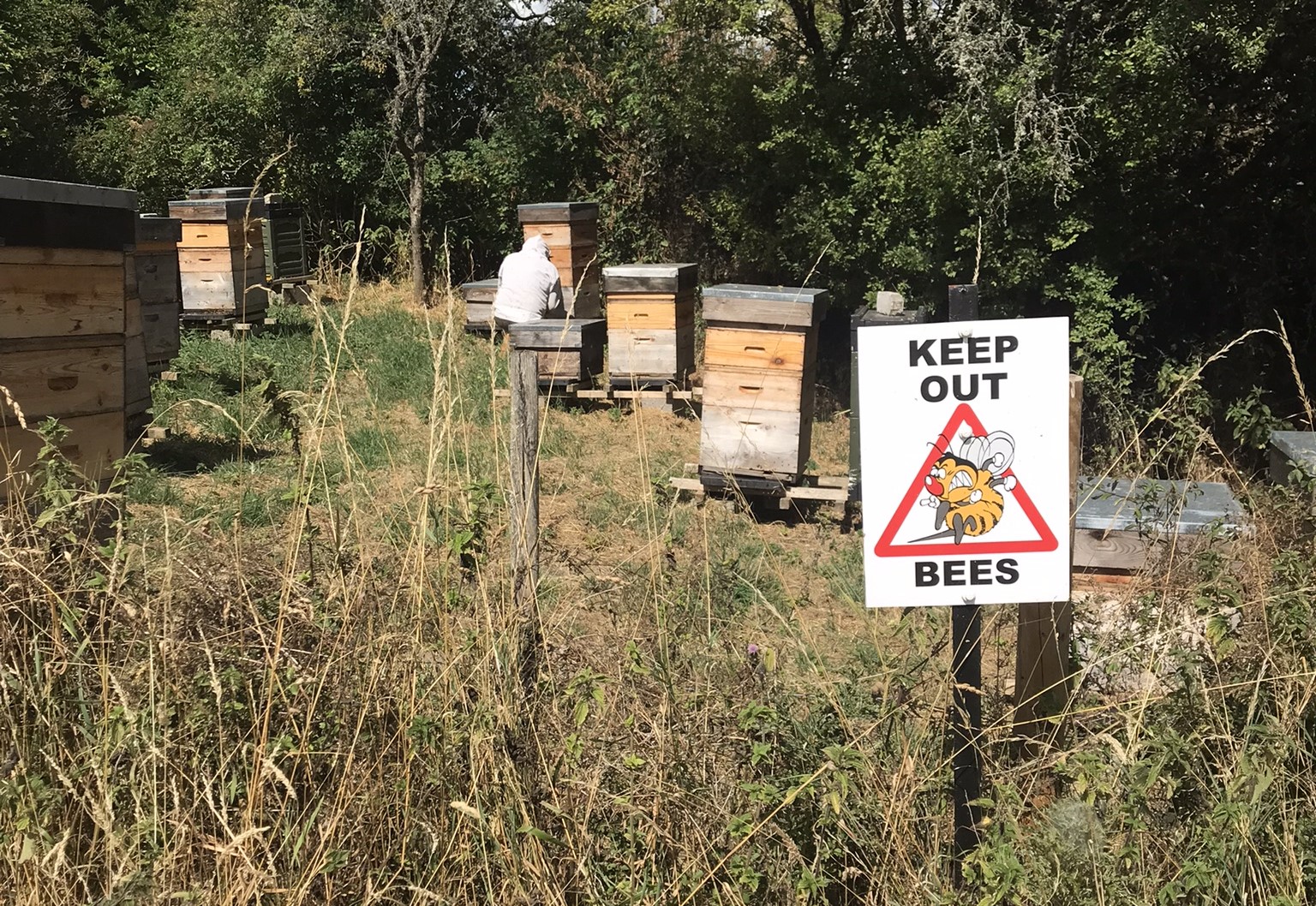Researchers led by Cranfield University have pioneered innovative methods to detect sugar syrup adulteration in honey, offering a faster and more precise approach to identifying fake products.
The UK imported £89.8 million worth of honey in 2023, reflecting a growing demand for this high-value product. However, honey’s premium status has made it a target for fraud, with producers sometimes diluting pure honey with cheaper syrups. A 2023 report from the European Commission revealed that 46% of 147 honey samples tested were likely adulterated with cheap plant syrups.
Detecting adulteration is challenging due to the natural variability of honey, which can differ based on nectar sources, harvest seasons, and geographical factors. Traditional authentication methods are both costly and time-consuming, leading to a growing need for reliable testing techniques.
Now scientists at Cranfield University have successfully tested two new methods to authenticate UK honey quickly and accurately.
Detecting fake honey without opening the jar
The first method, led by Dr Maria Anastasiadi, Lecturer in Bioinformatics at Cranfield University, with the Food Standards Agency and the UK’s Science and Technology Facilities Council (STFC), uses Spatial Offset Raman Spectroscopy (SORS). Originally developed at STFC’s Central Laser Facility for pharmaceutical and security diagnostics, this non-invasive light analysis technique can detect fake honey without even opening the jar.
The research team tested UK honey samples spiked with rice and sugar beet syrups using the SORS method. This technique accurately detected sugar syrups by rapidly identifying the unique ‘fingerprint’ of each ingredient in the honey. By combining SORS with machine learning, the researchers successfully identified sugar syrups from various plant sources, making this method an ideal tool for screening honey along the supply chain.
Dr Anastasiadi commented: “Honey is expensive, and in demand – and can be targeted by fraudsters which leaves genuine suppliers out of pocket and undermines consumers’ trust. This method is an effective, quick tool to identify suspicious samples of honey, helping the industry to protect consumers and verify supply chains.”
The paper Application of Spatial Offset Raman Spectroscopy (SORS) and Machine Learning for Sugar Syrup Adulteration Detection in UK Honey was published in Foods 2024, vol. 13.
DNA traces in honey used to decipher real from fake
The second method involves DNA barcoding, a technique used in collaboration with the Food Standards Agency and the Institute for Global Food Security at Queen’s University of Belfast. This approach was applied to detect rice and corn syrups in UK honey samples.
Researchers collected 17 honey samples from bee farmers across the UK, representing different seasons and floral nectar sources, and purchased four additional samples from supermarkets and online retailers. These samples were spiked with corn and rice syrups from various countries. DNA barcoding, a method already employed in food authentication to identify plant species, effectively detected syrups even at a 1% adulteration level.
“To date, DNA methods haven’t been widely used to examine honey authenticity,” commented Dr Anastasiadi. “But our study showed that this is a sensitive, reliable and robust way to detect adulteration and confirm the origins of syrups added to the honey.
“The large variation of honey composition makes it particularly difficult to authenticate. So having this consistent technique in the testing armoury could take the sting out of honey fraud.”
Sophie Dodd, who is completing her PhD on the topic of honey authentication at Cranfield University added, “It is vital to have samples of known origin and purity to validate the methods, so we want to extend our thanks to the Bee Farmers Association who we work closely with in our projects”.
The two methods developed can work together to increase chances of detecting exogenous sugar adulteration in honey.
The paper Detection of sugar syrup adulteration in UK honey using DNA barcoding was published in Food Control, vol. 167.





